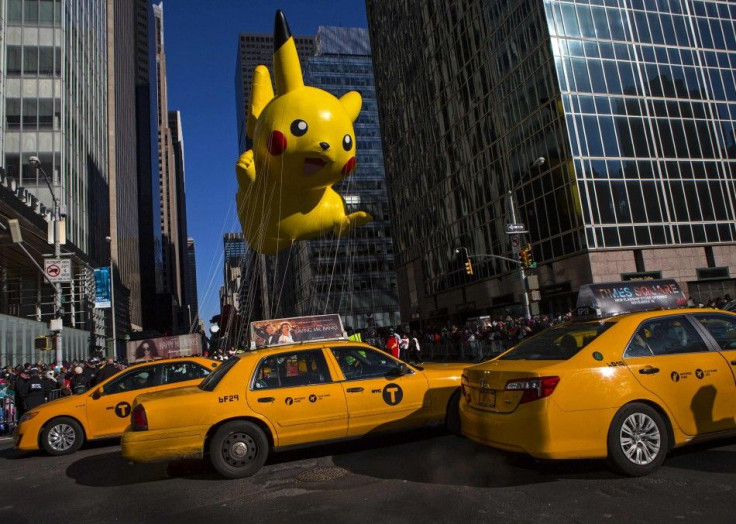China Trying To Kill Real-Life 'Pikachu'; Pika Said To Hold Cultural Significance

A mouse-like animal called "pika," living in the burrows across northwest China, which might have been an inspiration for the Pokemon character Pikachu was killed by the Chinese government. Scientists have repeatedly warned against the killing of this animal which has been classified as a pest by the officials and considered to be damaging the grasslands.
The pika is said to have a cute appearance and hold a cultural significance. Two researchers, Maxwell Wilson and Andrew Smith from the Arizona State University, said that the animal provided benefits for the ecosystem. The duo, Wilson and Smith, said that research showed that the burrows the animals lived in improved water infiltration, and in turn, reduced the chances of surface flooding. An article in the journal Ambio suggested that the pikas moved into grasslands which had already been degraded and did not cause the degradation themselves.
According to The Independent and the researchers from Arizona State University, since 1958, the authorities had been trying to destroy the population of the Pikachu-like animals. The first sanction of poisoning programmes had come in almost 57 years ago in 1958.
In the Qinghai province of China, in 2006, around 360,000 square kilometres of land was treated with the chemical zinc phosphate. It was during this time that the Chinese government issued a grant of the poisoning. At the end of 2014, according to the grant, another 110,000 square kilometres was to be poisoned which would cost a sum of about $35 million.
The burrows, apart from being a home to the pikas, is also home for plateau birds as well as lizards. It was found by the research that the poisoning of the pikas resulted in the burrows collapsing and the disappearance of the birds or large reduction in the population of those species.
The duo, Wilson and Smith, said that pika was a "keystone species," but the poisoning programmes resulted in lesser food for carnivores. This would have effects on the human population as well.
Contact the writer: afza.kandrikar@gmail.com




















